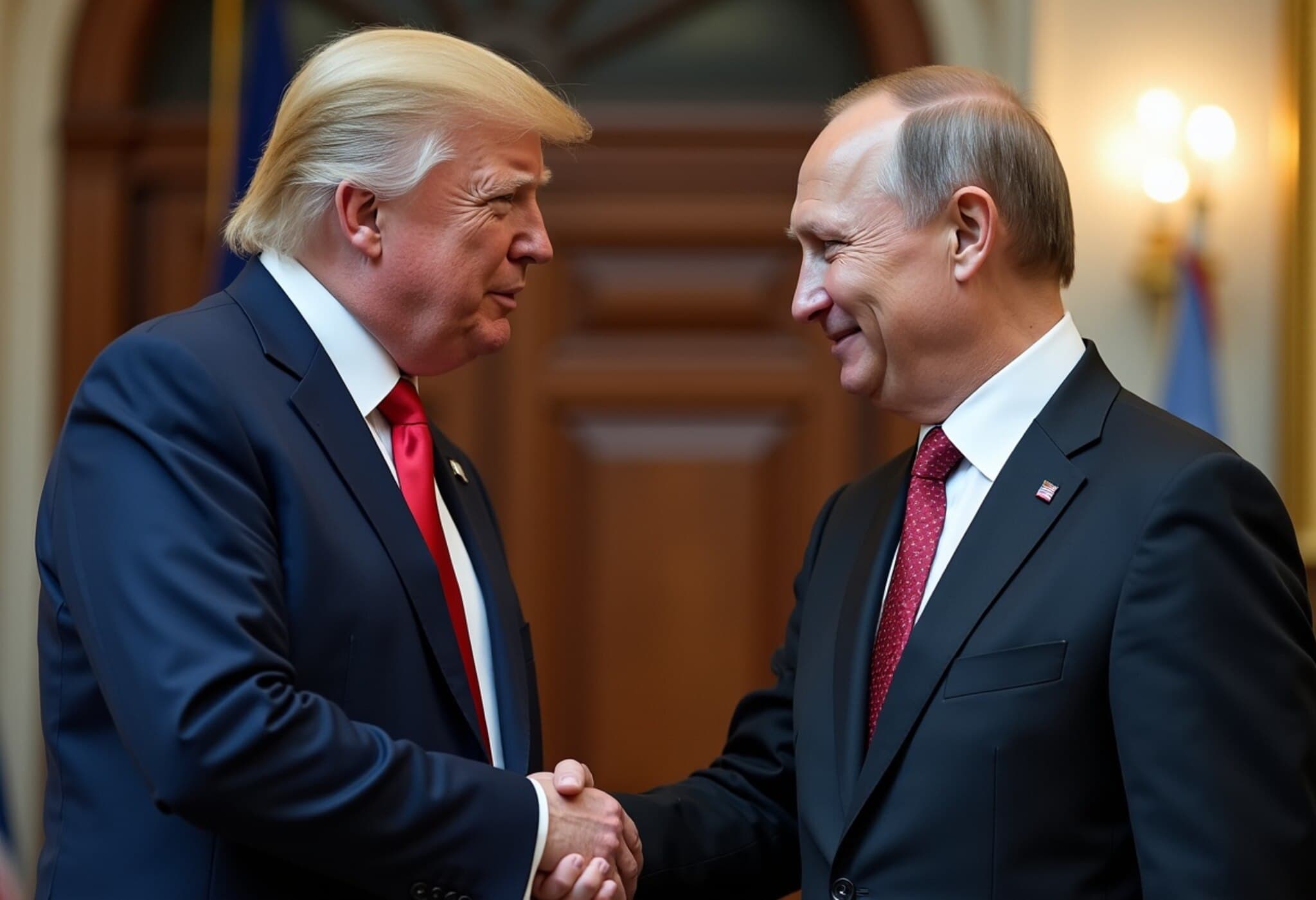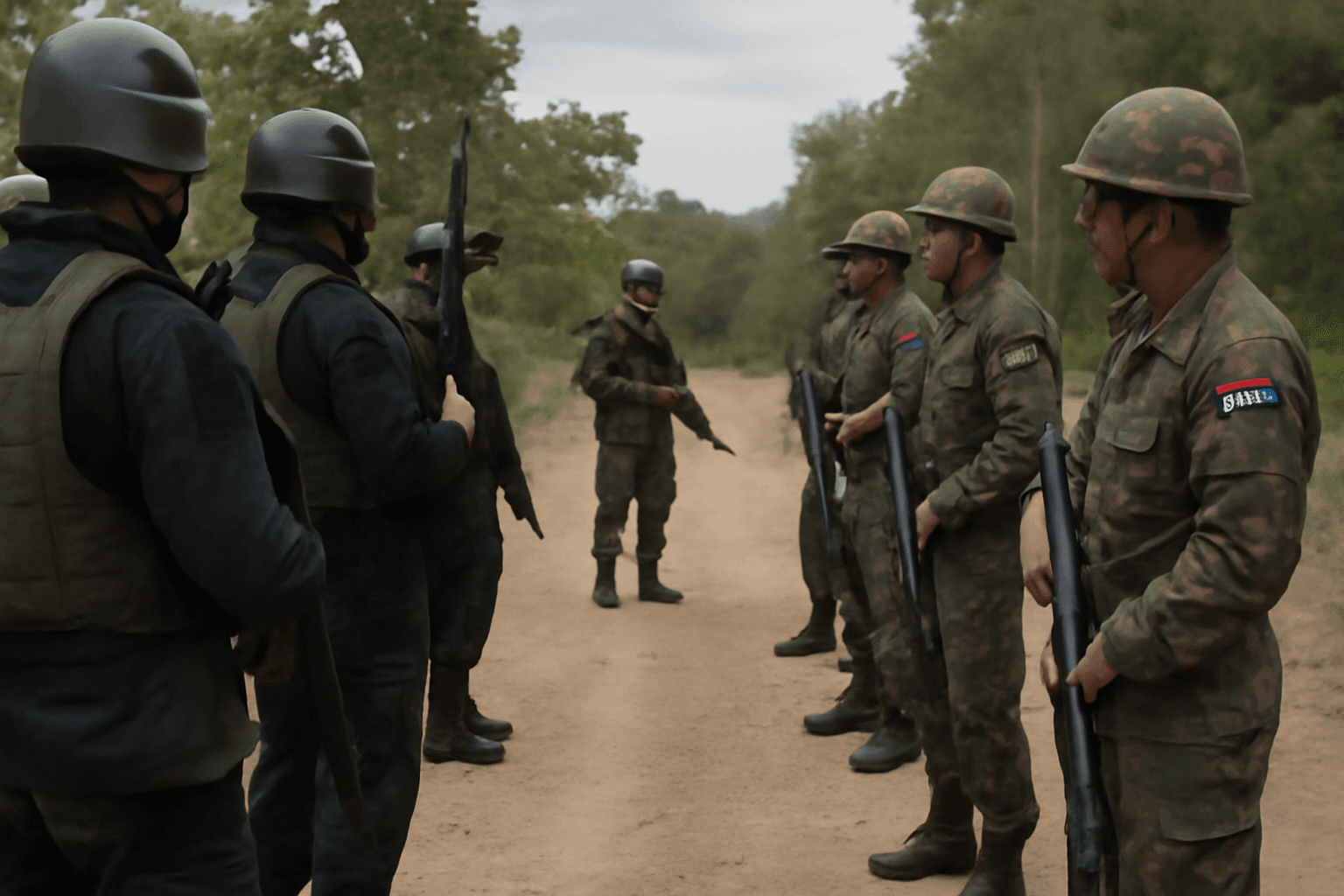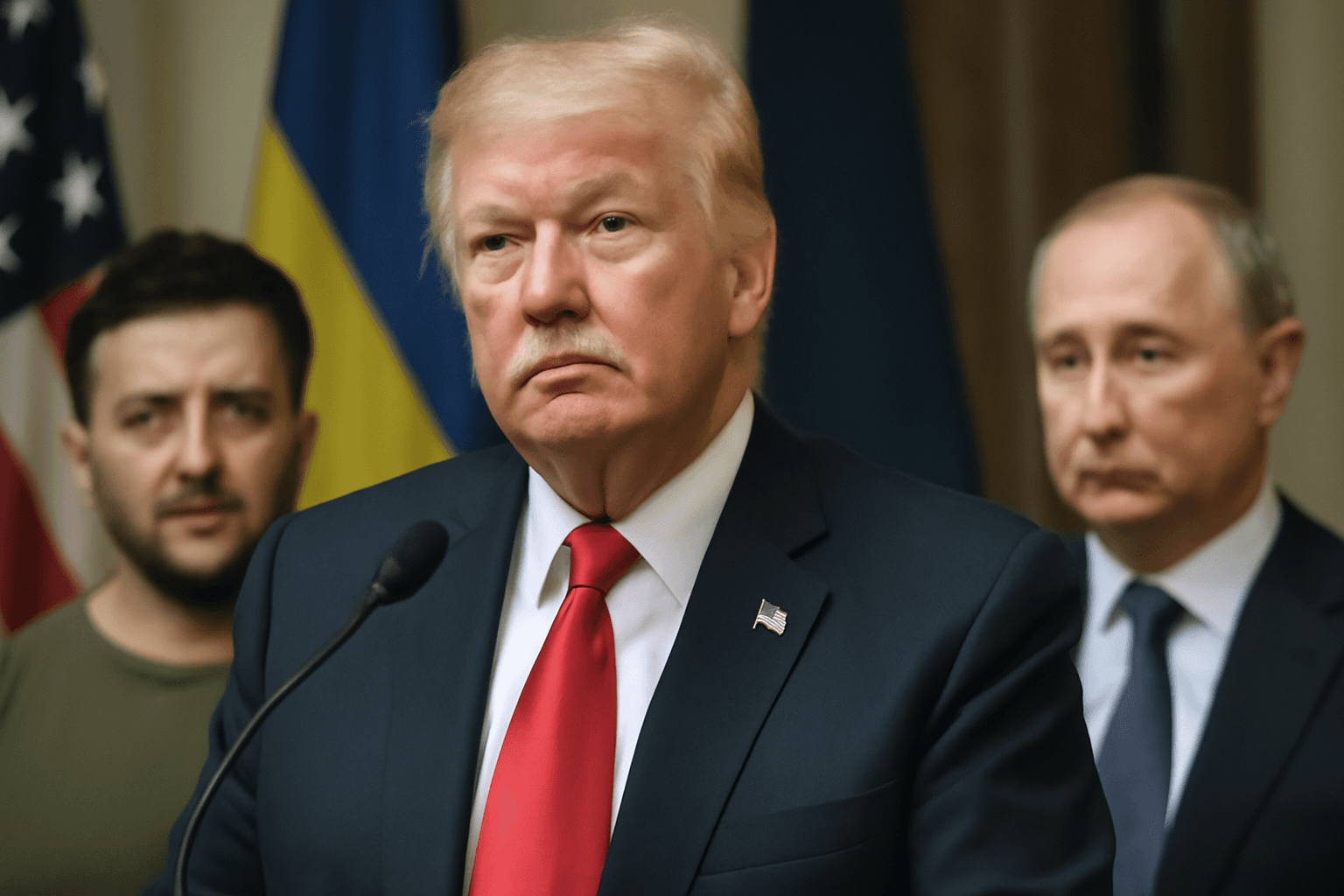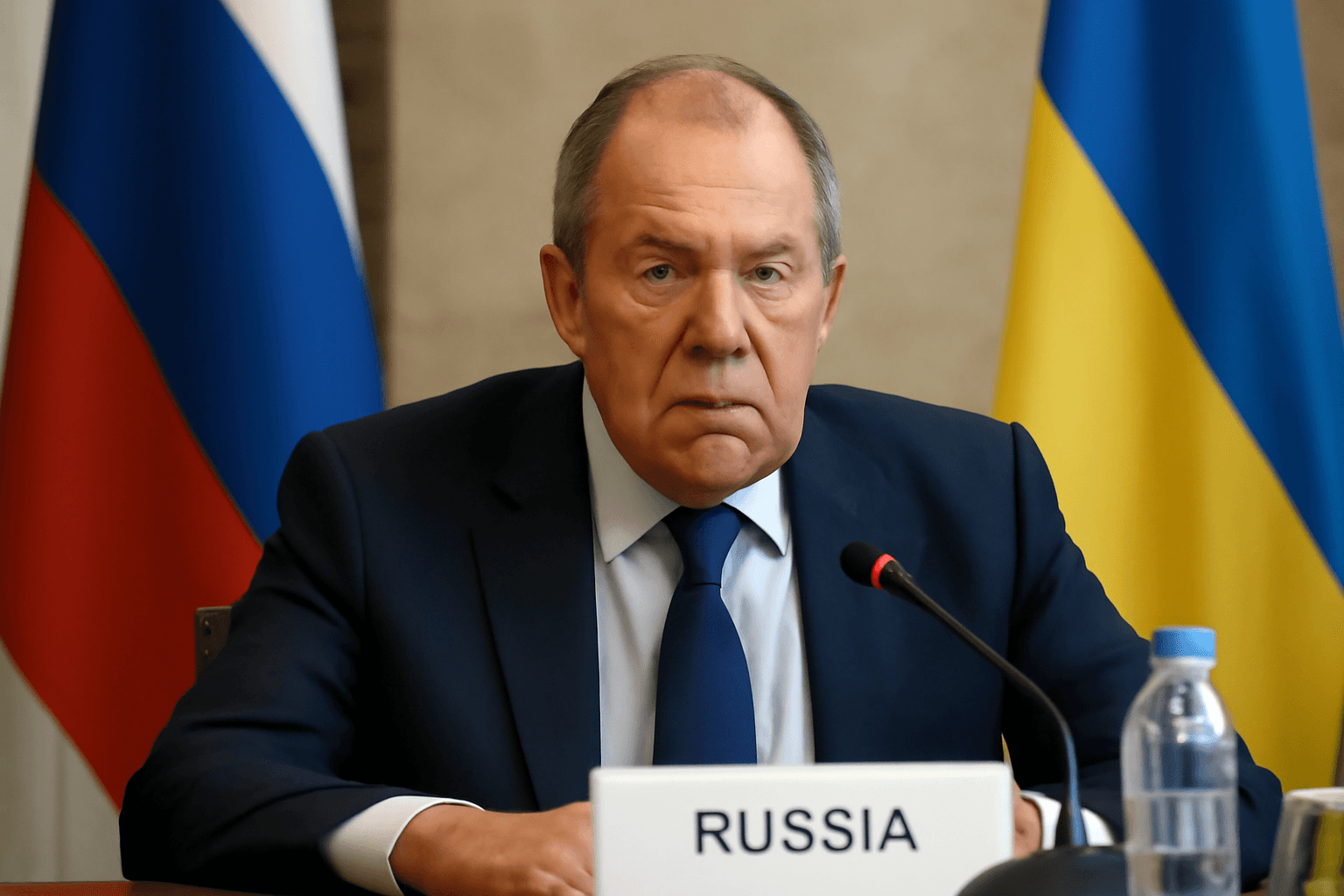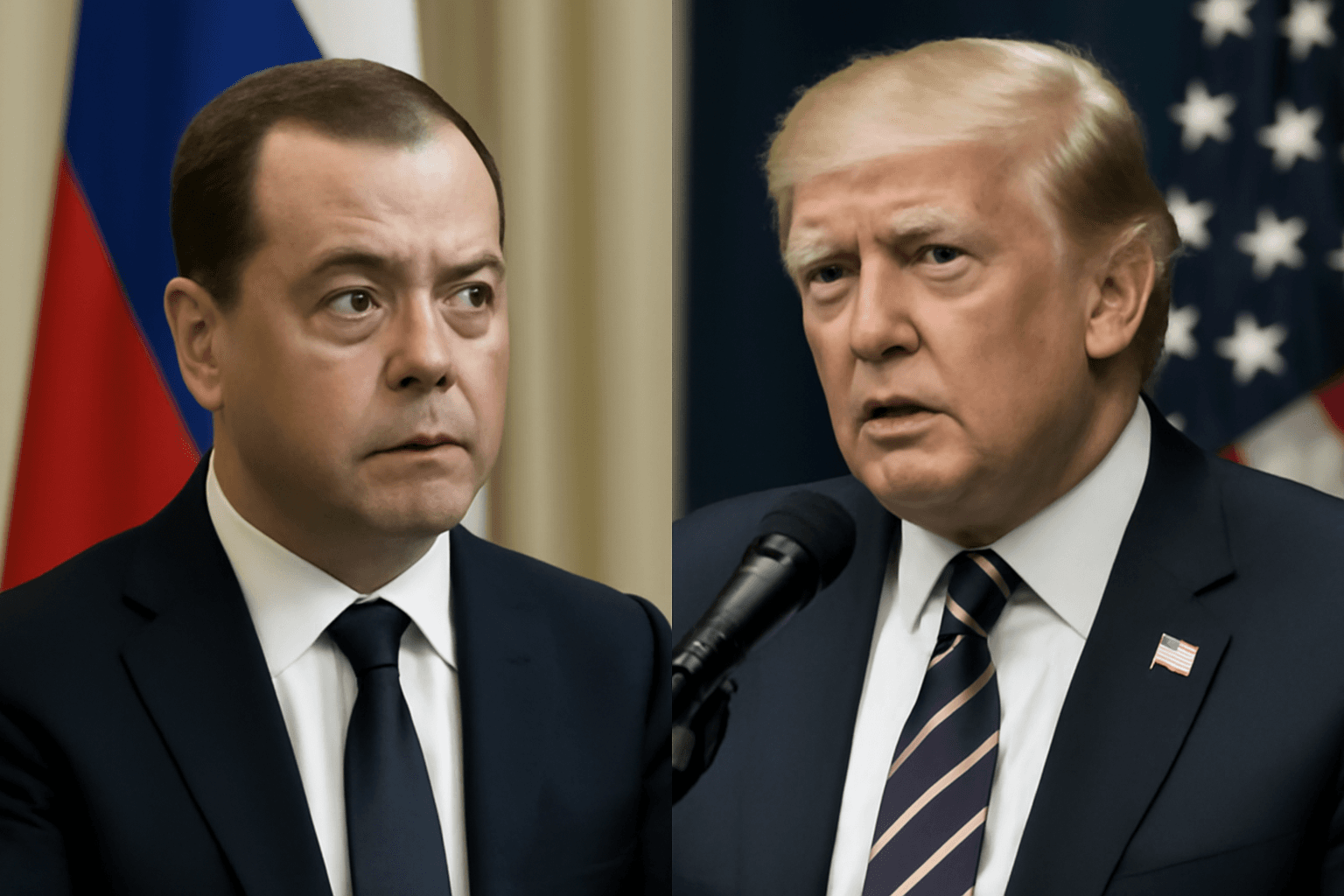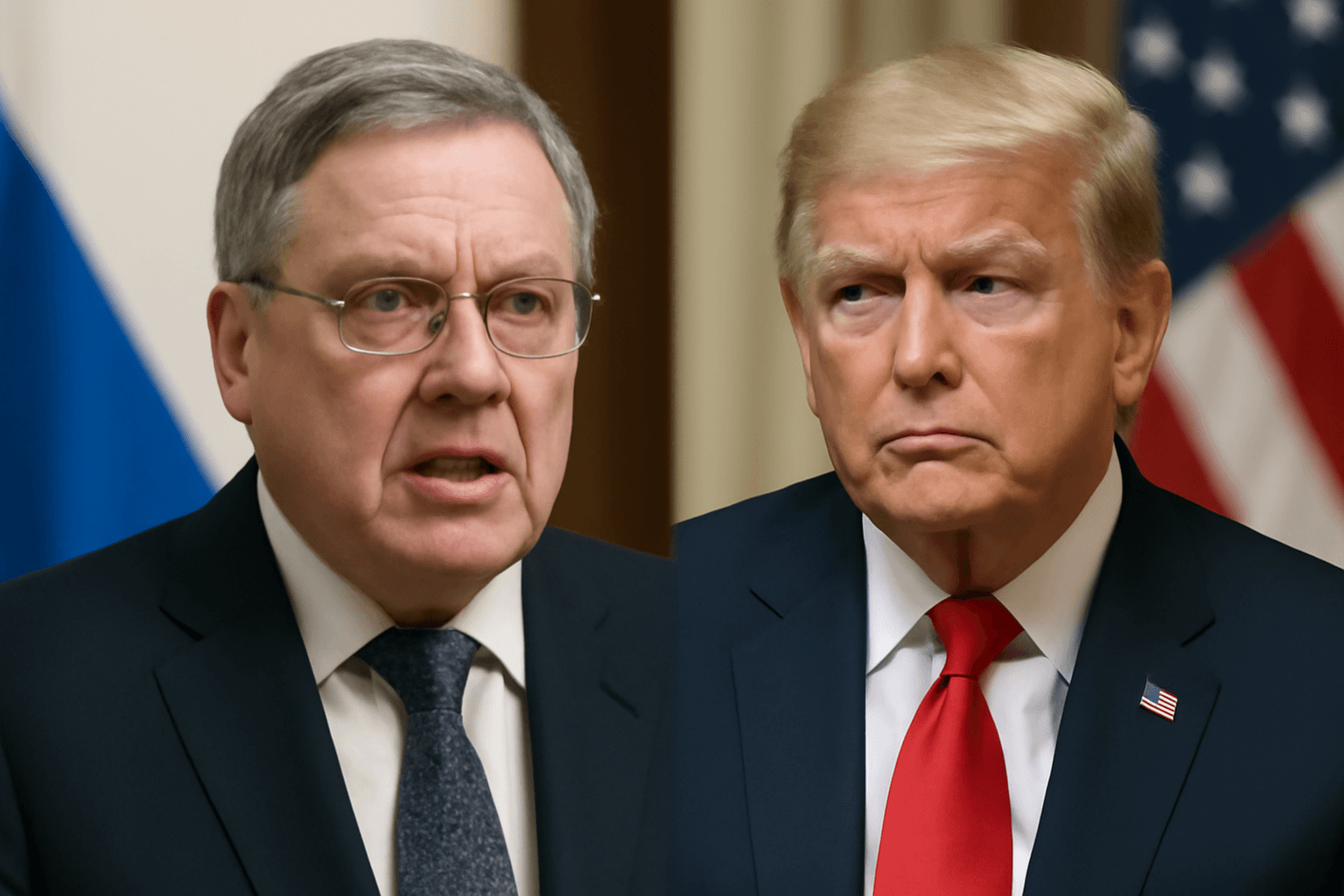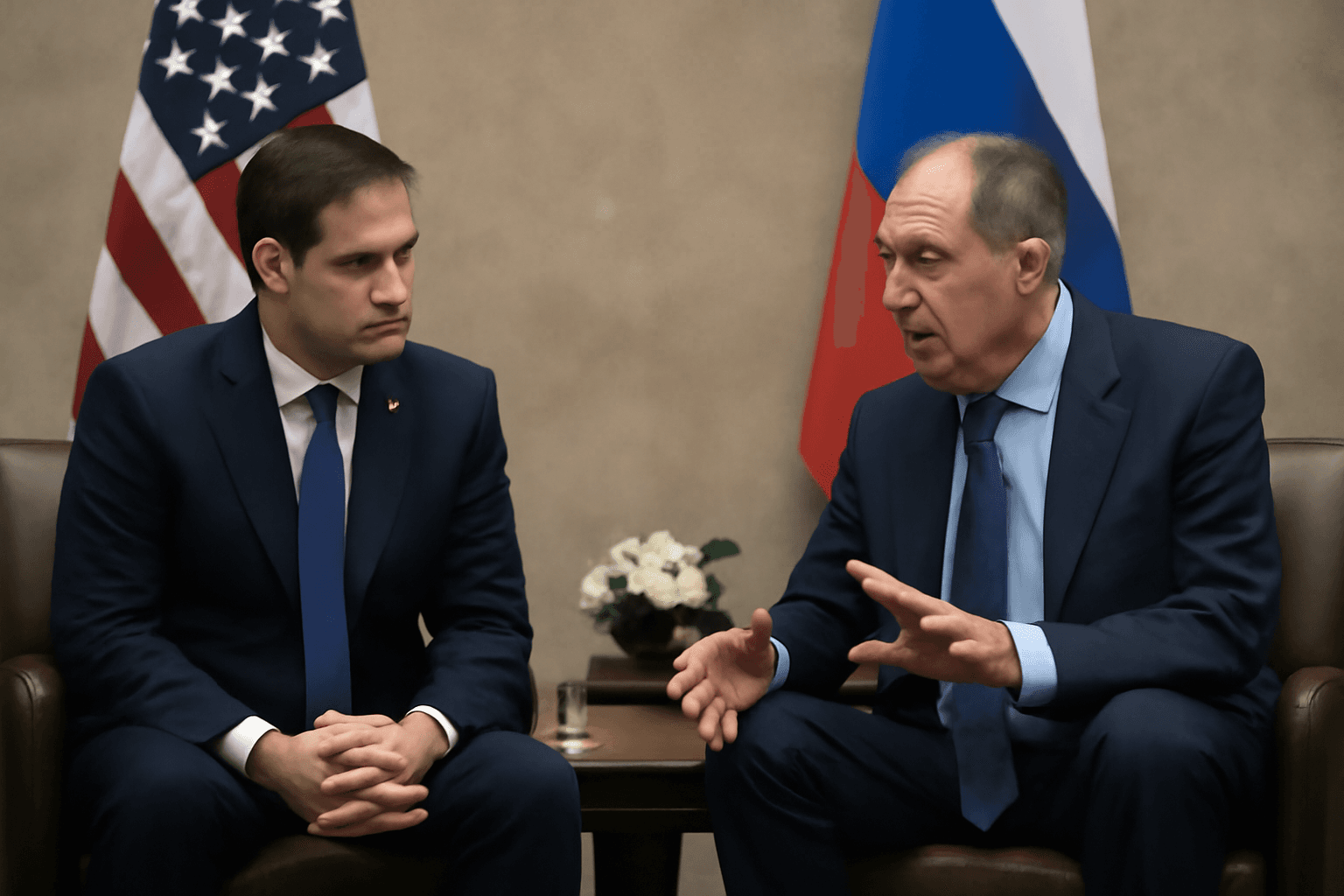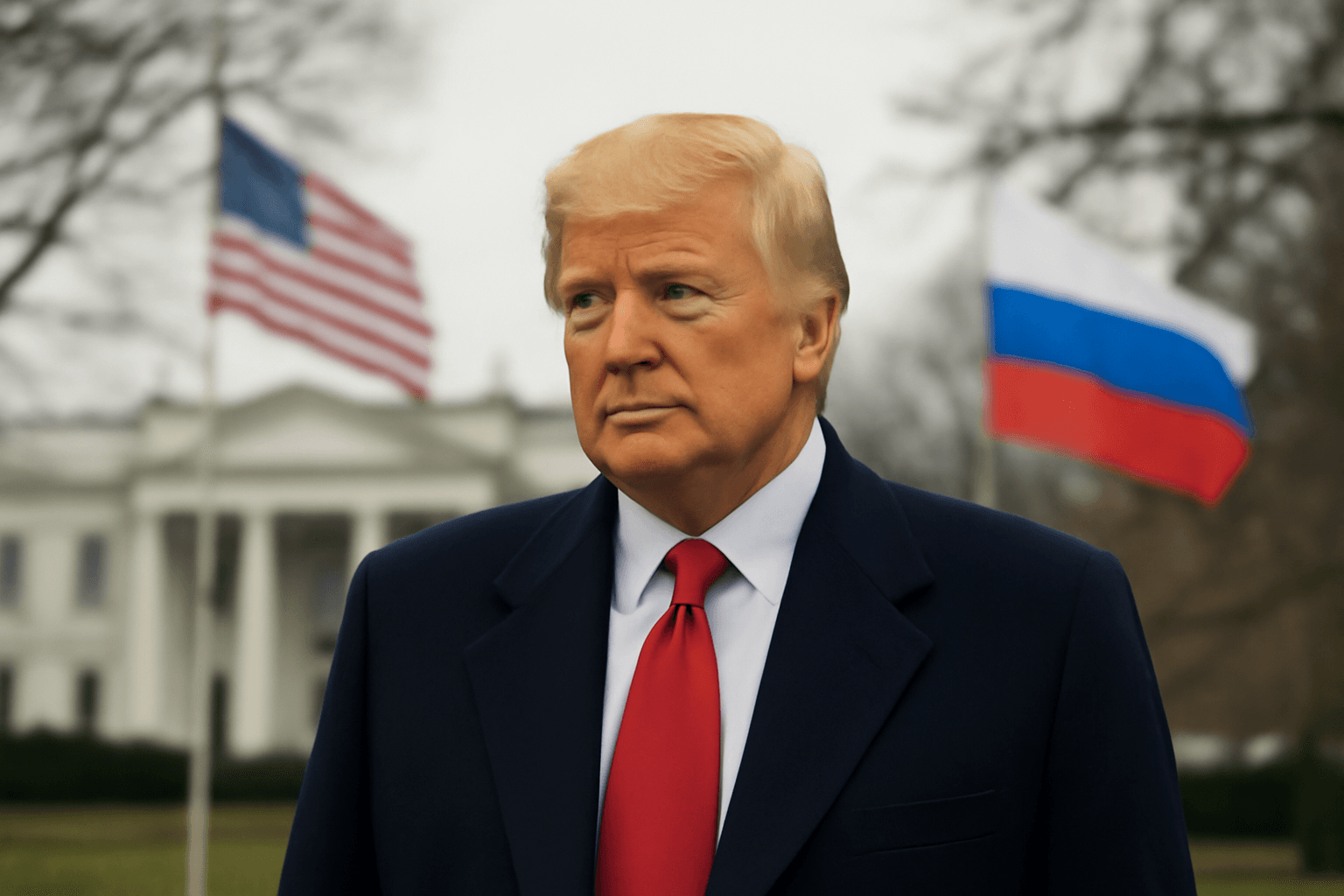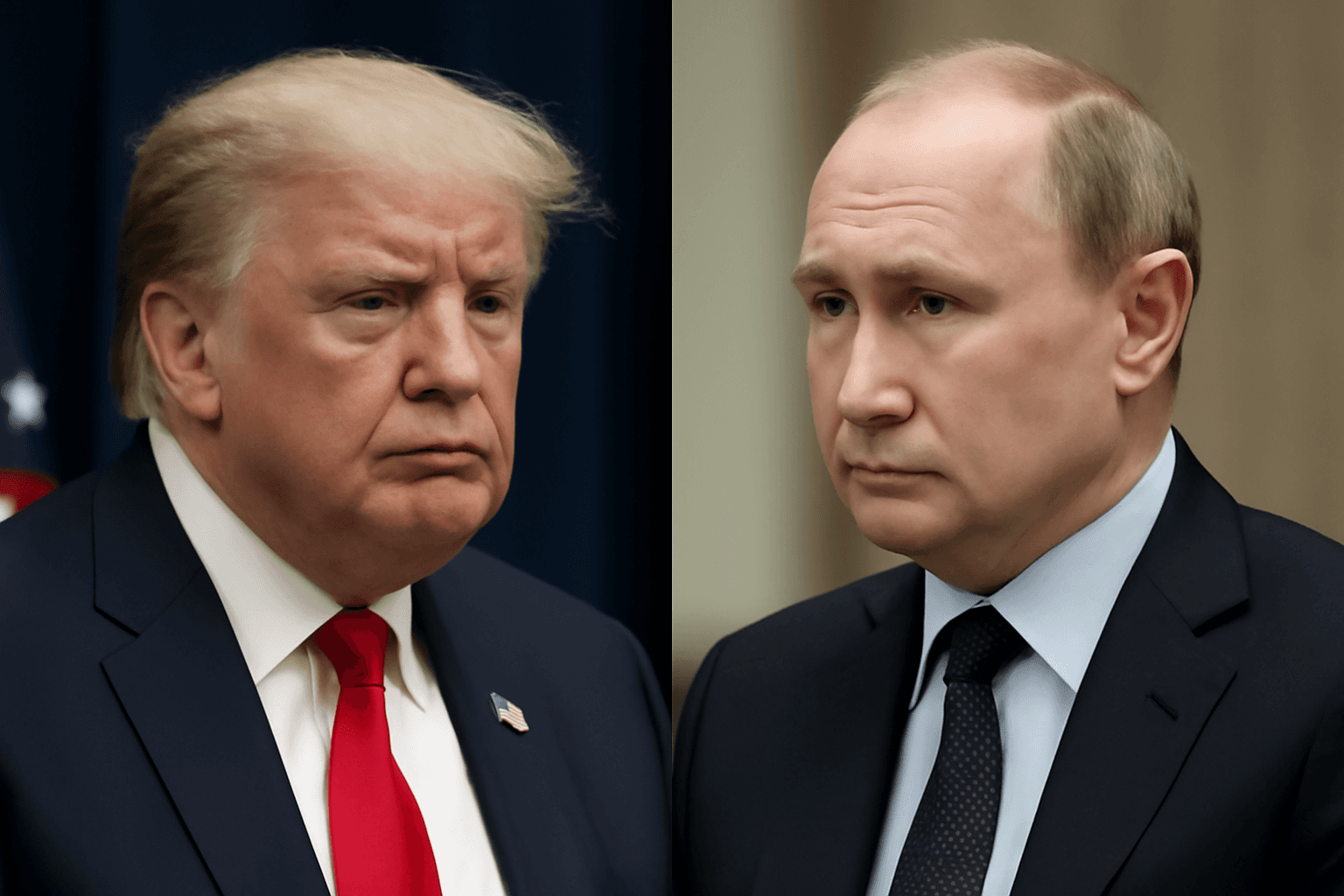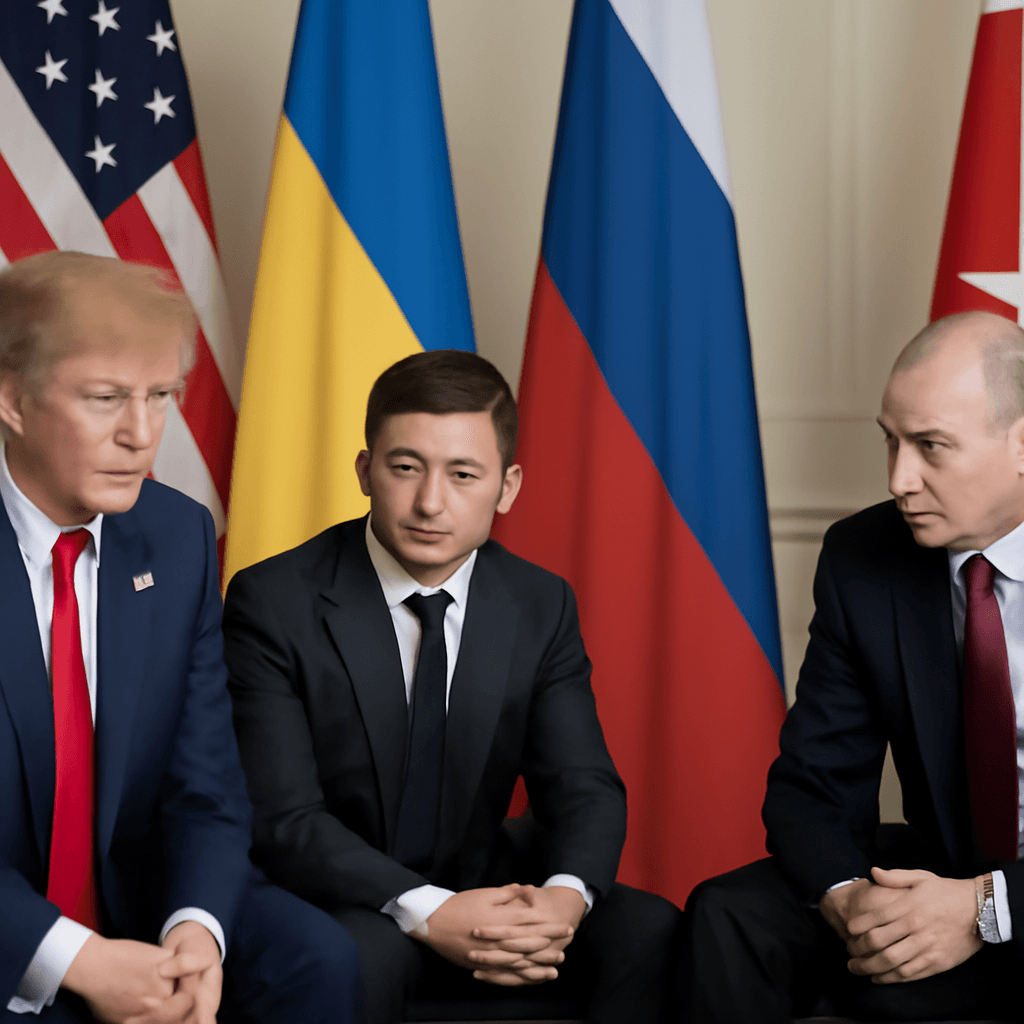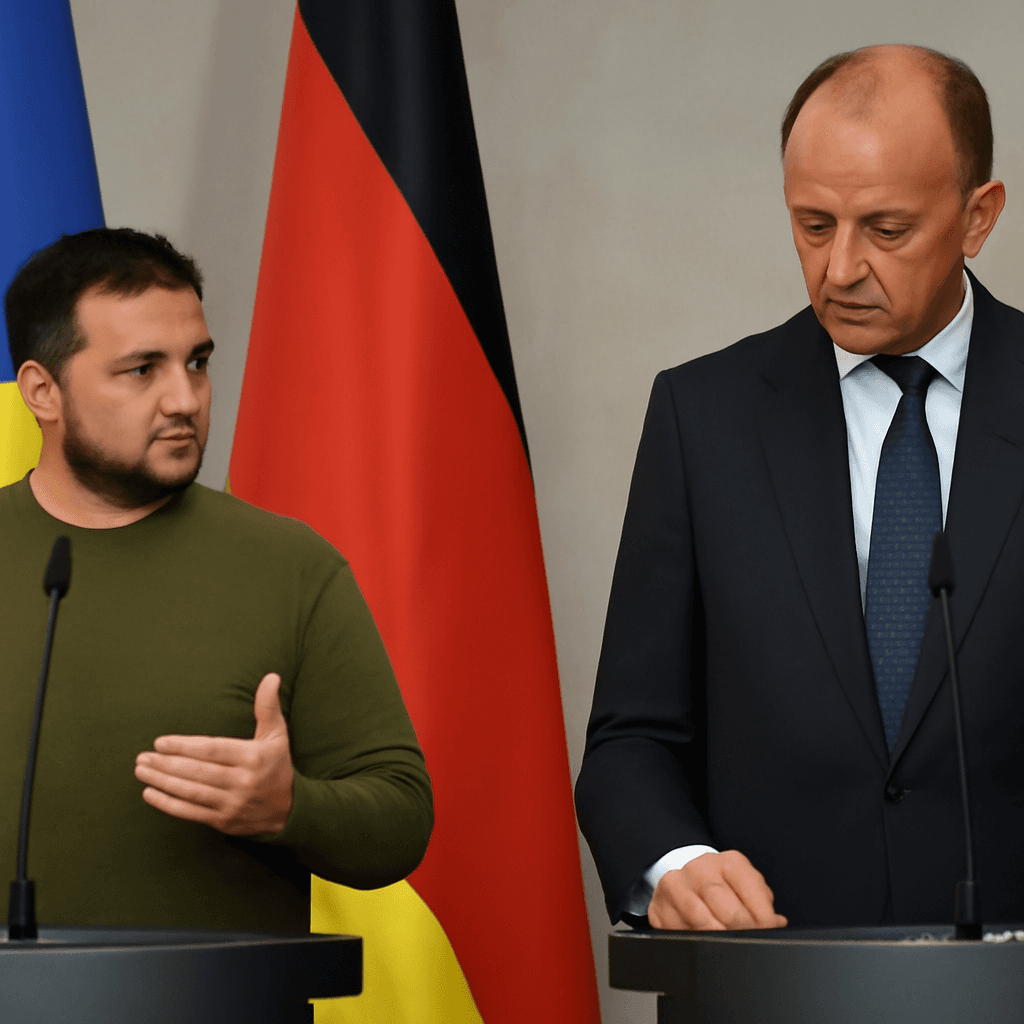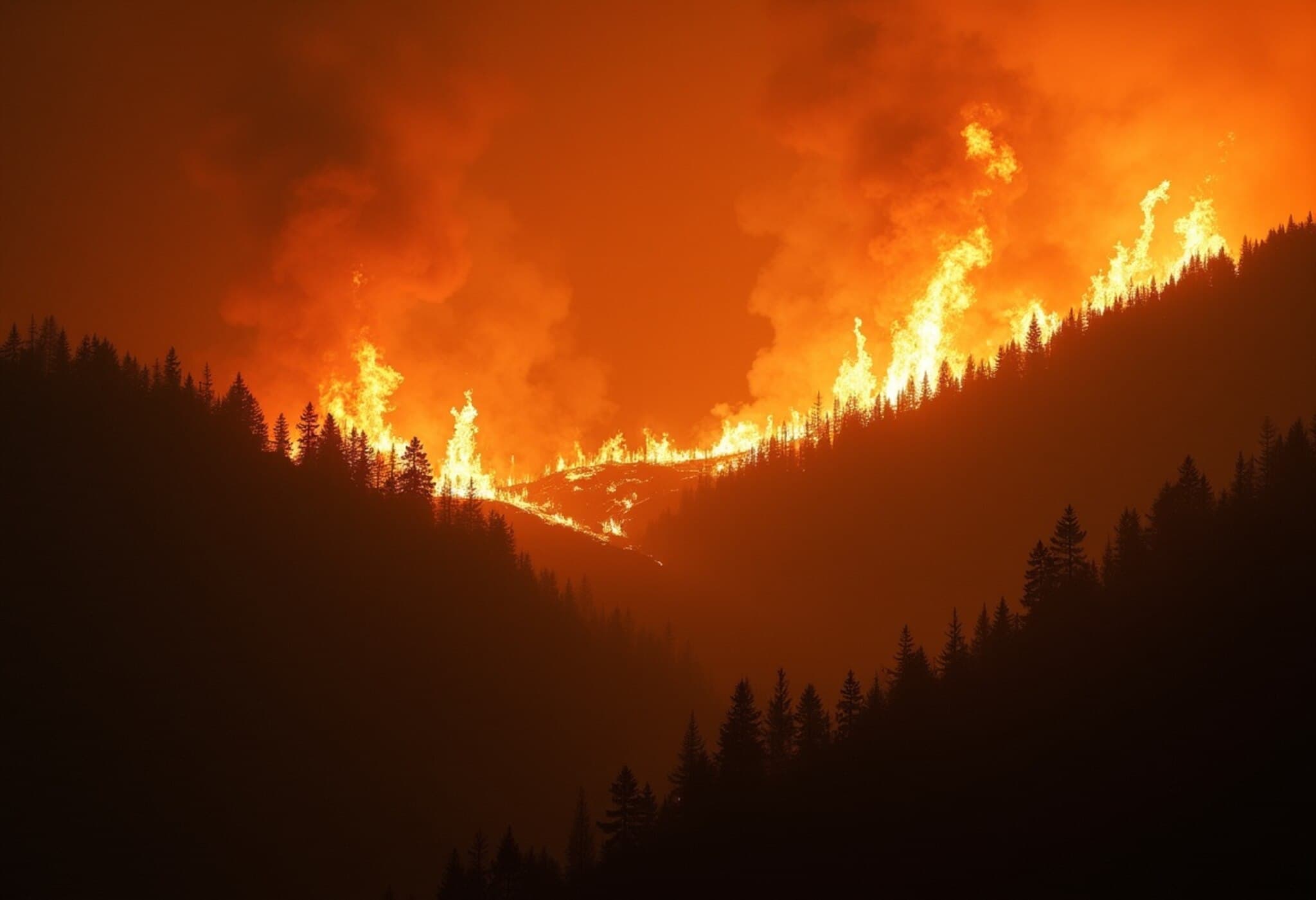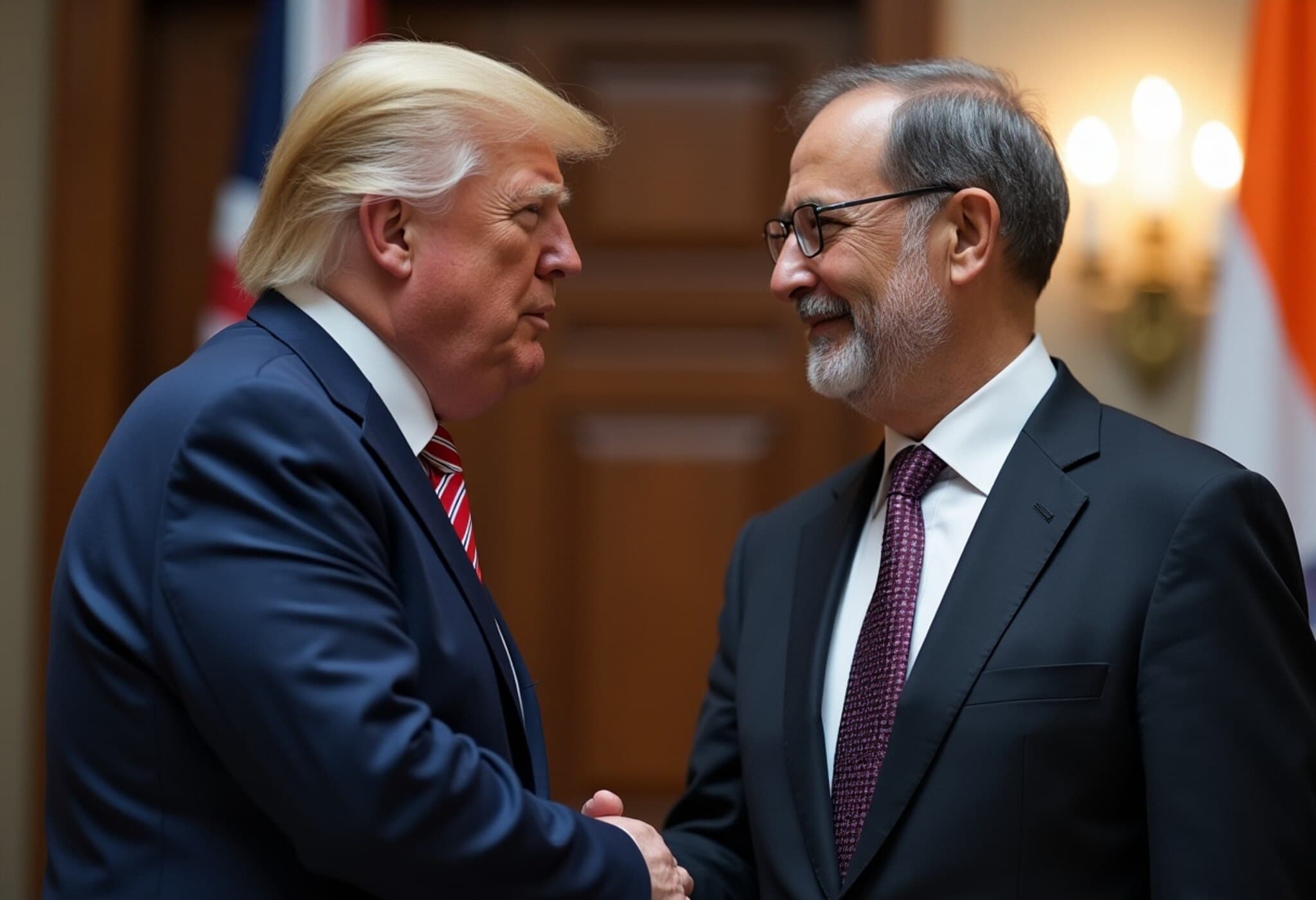Trump Signals Possible Face-to-Face with Putin Amid Russia-Ukraine Conflict
In a significant development that could reshape international diplomacy, US President Donald Trump announced on August 7, 2025, that a meeting with Russian President Vladimir Putin is likely to happen very soon. This potential summit marks their first encounter since Trump's re-entry into the White House earlier this year and underscores Trump's ongoing efforts to broker peace in the protracted Russia-Ukraine war.
Diplomatic Context: A Multi-Faceted Approach
The announcement comes on the heels of multiple diplomatic maneuvers. Earlier, US envoy Steve Witkoff visited Moscow for talks with Putin, described by Trump as “highly productive.” Concurrently, Trump held a high-profile call involving Ukrainian President Volodymyr Zelensky and NATO Secretary-General Jens Stoltenberg, also including leaders from the UK, Germany, and Finland. Discussions reportedly touched on the feasibility of a three-party summit to negotiate an end to hostilities.
While no specifics on location or date have been finalized, the White House has openly confirmed it is considering direct discussions with Putin. These overtures reflect a rare thaw in US-Russia relations amid heightened geopolitical tensions.
Sanctions and Diplomatic Pressures: The Friday Deadline
Despite these overtures, US officials caution that sanctions remain a key tool for leverage. Trump has set a firm deadline until Friday for Russia to demonstrate substantive progress toward peace. Failure to meet this condition may prompt new rounds of sanctions targeting Russia and its trade partners, including India.
This dual strategy—engagement through dialogue paired with economic pressure—reflects a nuanced approach to conflict resolution. It recognizes the limits of sanctions alone and the potential for diplomacy to de-escalate the crisis. However, it also signals the US’s readiness to intensify punitive measures if constructive progress stalls.
Expert Analysis: Navigating Complex Geopolitics
Trump’s aspiration to resolve the conflict swiftly harkens back to his earlier claims that he could end the Russia-Ukraine war within 24 hours of assuming office. While critics have dismissed such statements as overly optimistic, the renewed diplomatic engagement raises critical questions:
- Can Trump leverage his personal rapport with Putin to catalyze a meaningful peace process?
- How will NATO and Ukraine react to direct US-Russia negotiations, given their strategic interests?
- What role will international partners, including India and European nations, play amid ongoing sanctions?
American policy analysts emphasize that peaceful resolution hinges not only on leadership meetings but also on aligning diverse geopolitical interests, ensuring credible enforcement of any agreements, and reconciling the broader security architecture of Europe.
Regional and Global Implications
If successful, a Trump-Putin summit and subsequent trilateral talks could redefine global power dynamics and recalibrate transatlantic alliances. For Ukraine, achieving peace is urgent amid widespread humanitarian devastation and economic disruption. For the US and NATO, balancing firm deterrence with open dialogue remains a delicate act.
Meanwhile, sanctions against Moscow’s trading partners—like India—illustrate the expansive reach of this conflict's economic ramifications. Observers note that such sanctions risk pushing global trade into alternative spheres, potentially reshaping supply chains and diplomatic ties.
Looking Ahead
Whether this soon-to-be-scheduled meeting leads to concrete breakthroughs remains to be seen. The diplomatic chessboard is complex; peace efforts must navigate deep-seated mistrust and competing strategic priorities.
Editor’s Note
This evolving story offers a window into the intricacies of 21st-century diplomacy, where personal leadership, economic sanctions, and multinational alliances intersect. Trump's push to meet Putin underscores the enduring allure of direct dialogue, but history cautions that lasting peace requires more than high-profile summits. As this situation develops, readers should watch for whether substantive peace terms emerge or if geopolitical tensions simply shift shape.

